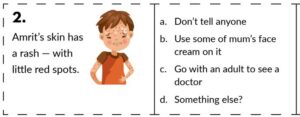Muscles working together
Today, we’ve been learning all about muscles.
Background: Muscles can pull bones, but they can’t push them back to the original position. So they work in pairs of flexors and extensors. The flexor contracts to bend a limb at a joint. Then, when the movement is completed, the flexor relaxes and the extensor contracts to extend or straighten the limb at the same joint.
We made some videos about the movement that happens and the muscles that work. Check them out below:
Why not follow this bbc bitesize link for further practice with your child.
Living and learning: I understand some drugs are harmful
What is a drug? This is the question that year 5/6 have been considering this week. We have discussed all types of drugs – illegal and legal – this includes over-the-counter and prescription medicines. We have talked about the effects drugs have on you and the risks that they can cause. The children then looked at different scenarios that included drugs such as caffeine or alcohol and they had to discuss if they put a person at low, medium or high risk.
Sports day – KS2 Competitive
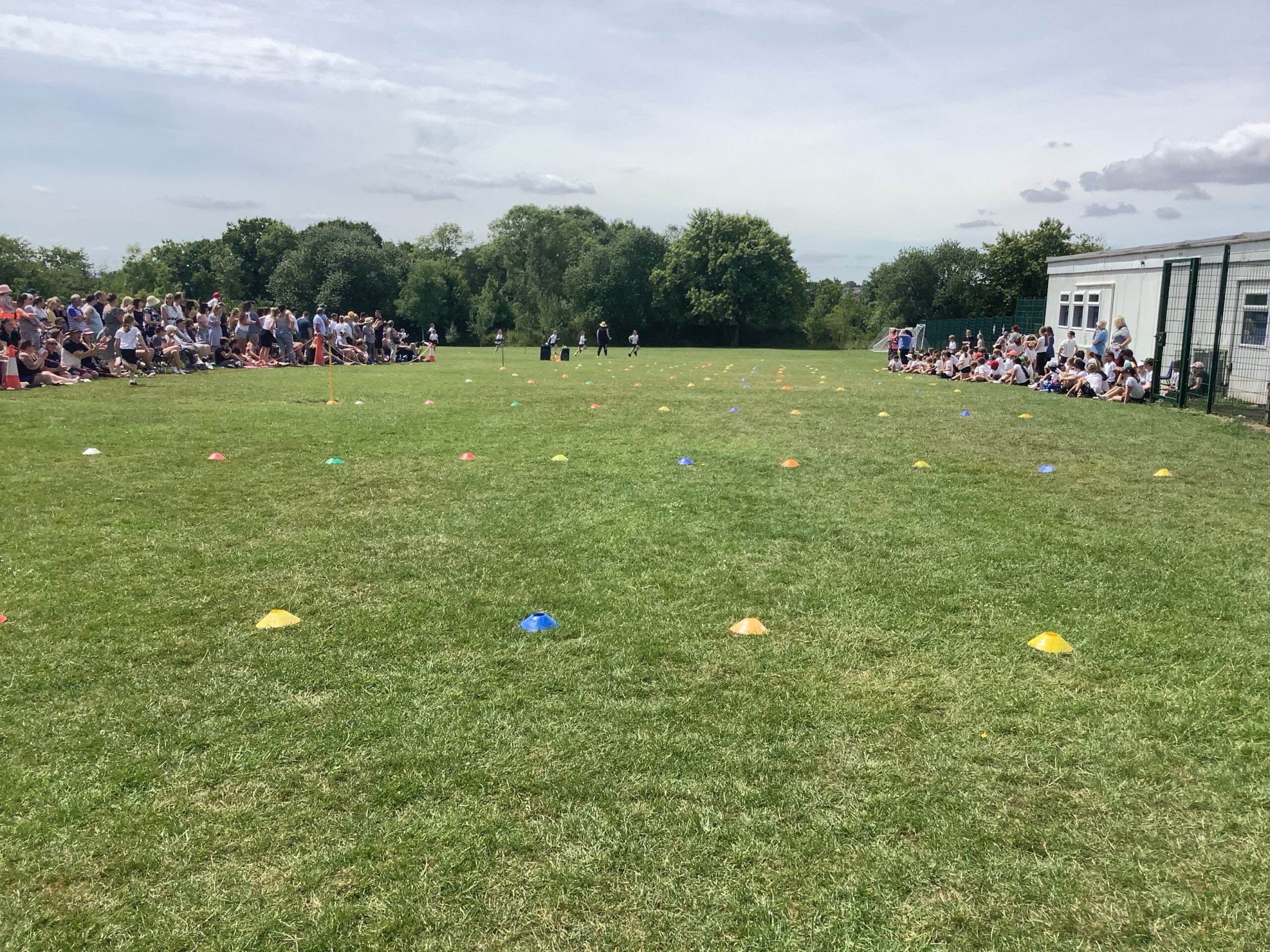
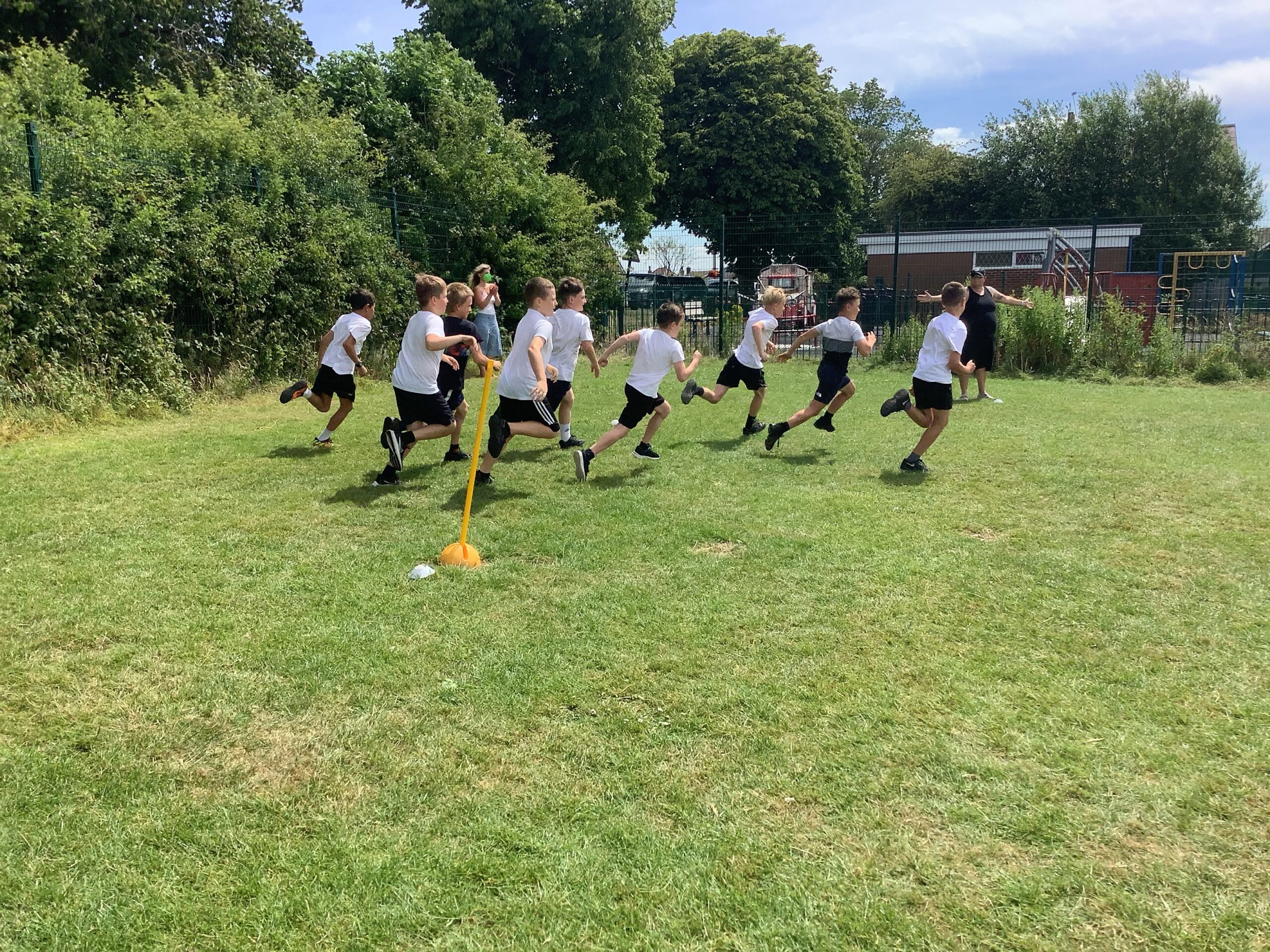
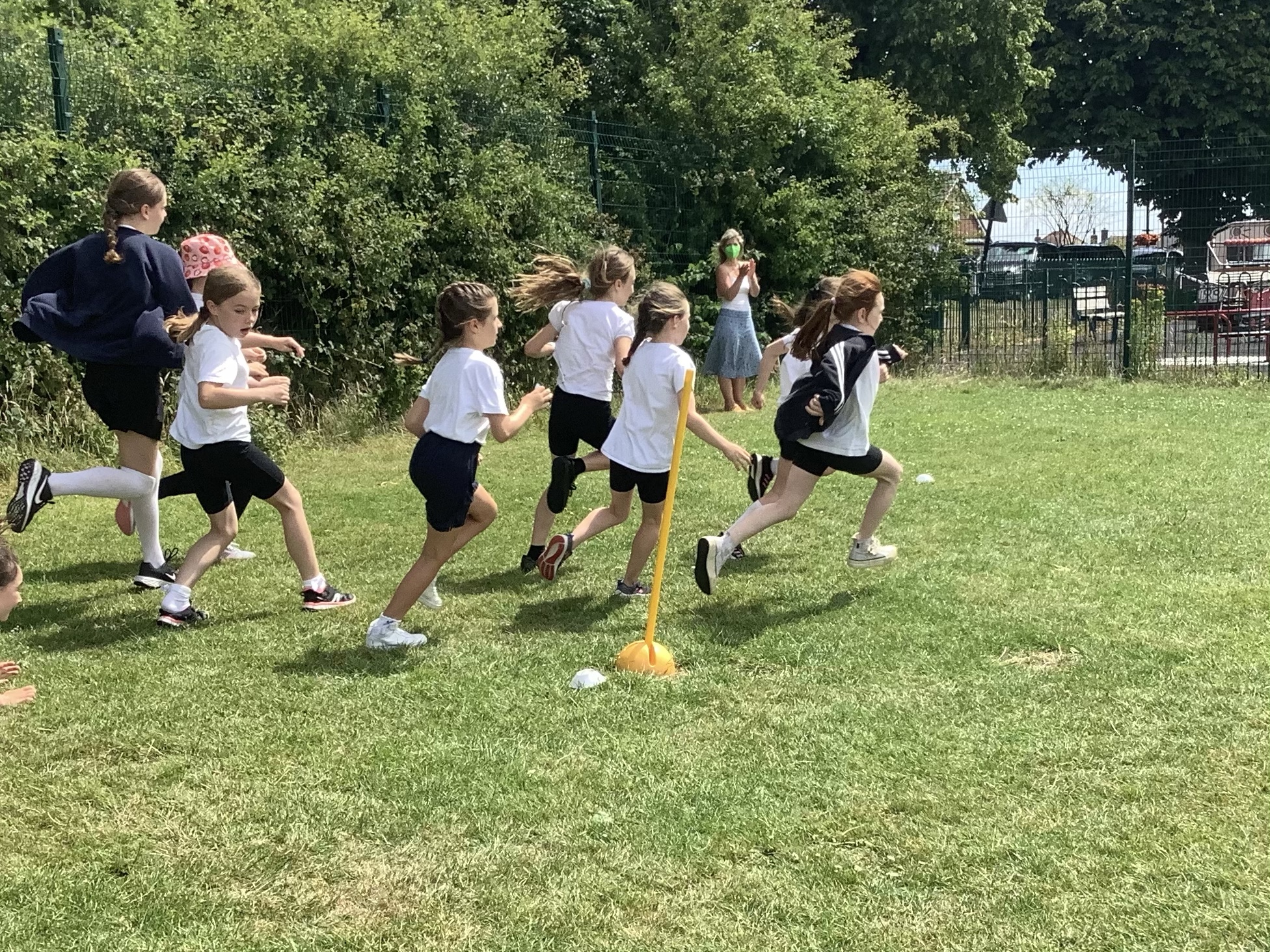
Fun outdoors
This week, we began to make our own pirate ship using a large cardboard box. We’ve painted it and have made a flag; it’s almost ready to set sail!
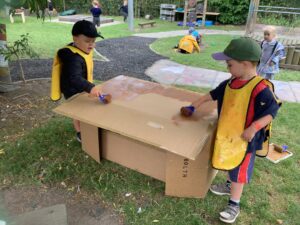
Outside, children have enjoyed using the equipment to play throwing and catching games. They’ve also continued to develop their balancing skills on our obstacle course.
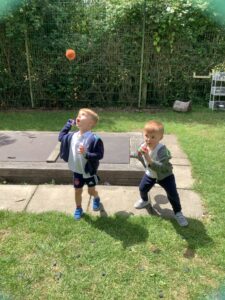
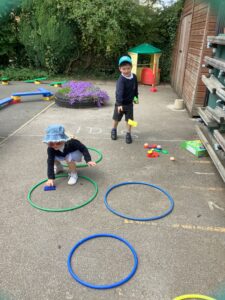
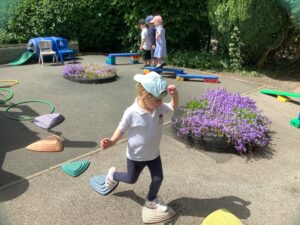
We also made our own shelter using clippings from a very overgrown tree in the Nursery garden. Children loved helping to weave the branches through the string and bamboo sticks.
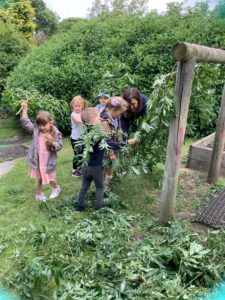

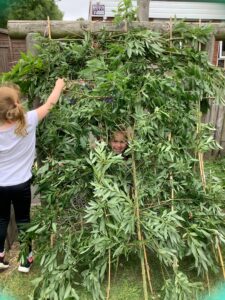
Holidays in the past…
Wow! What an exciting week we’ve had! Starting with our sports roundabout on Monday. The children had a fantastic time and showed amazing team spirit. Thank you to all of the families who came along to support.

Abbey House Museum…
On Tuesday, we had a brilliant trip to the treasure trove that is Abbey House Museum. The children enjoyed learning about holidays in the past, which ties into our current topic work. They tried on costumes, learnt about souvenirs, woolen swimsuits, the ‘penny lick’ ice-cream, Punch and Judy shows and more! Lunchtime was in the beautiful setting of Kirkstall Abbey and park, before more explorations inside the museum. The children were so sensible and we’re really proud of how they represented our school whilst out and about on our adventure. A big thank you again to our parent volunteers.
There are so many photos, that we’ve made a video. Enjoy!
Literacy…
The children used their experience of the trip, to write recounts of their day. We discussed how we can use words such as ‘first’, ‘next’, ‘later’ and ‘finally’ to show how time has moved on and to sequence the events of the day.
Maths…
As we move through the last few weeks of the school year, we are revisiting and revising skills. This week we worked on recall- remembering number bonds within five automatically and some within ten. In provision, we have supported this through using part-whole models to again explore the parts that make a whole number.

Here are some more snapshots of learning this week…


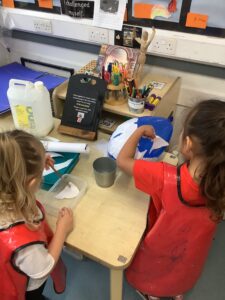
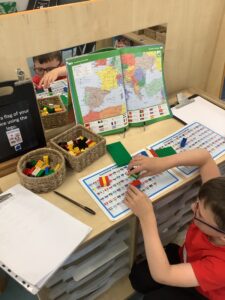
Home-Link Challenge
Oooo arrrrrr… next week we’ll be embarking on a pirate themed adventure! We’d like you to use some old packages, boxes and other reusable materials to make a pirate themed accessory. It could be a treasure chest, a telescope or even a parrot!

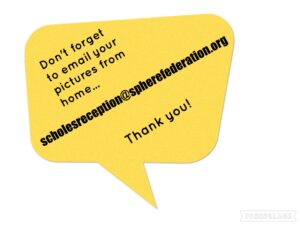
Diary Dates…
14 July-Transition afternoon 1.30-3.00: Please collect your child from their usual classroom, at the usual time.
15 July-End of year disco 2.30-3.30: Children are to come to school in school uniform. Please send named disco/party clothing, in a named bag. Thank you.
Living and learning : Drug education
We also looked at different scenarios and talked about what we would do in that situation.
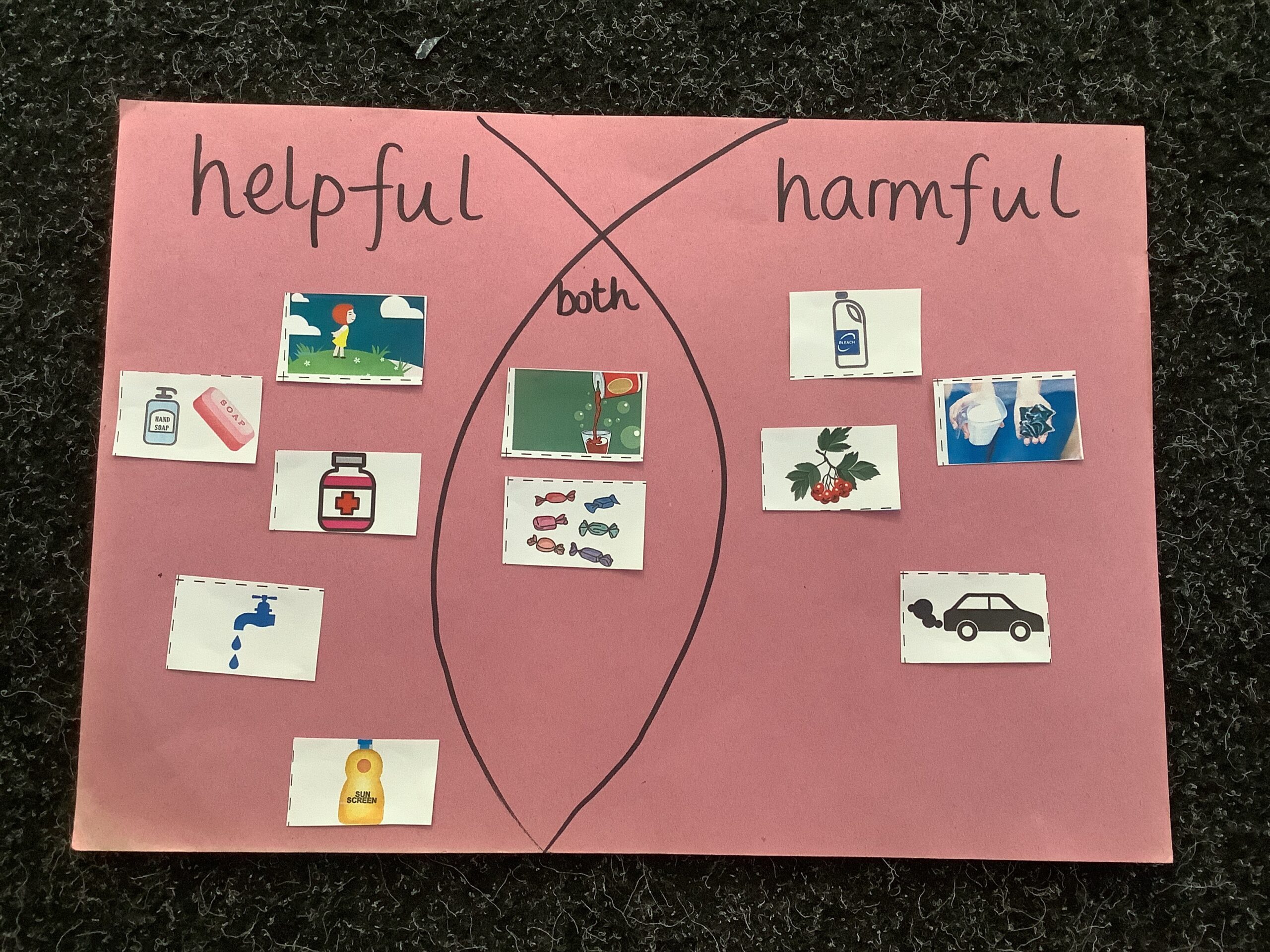
Sports Roundabout
We had a successful Sports Roundabout this afternoon after a break since 2019, due to the pandemic. All the children enjoyed collecting points for their team and showed great teamwork and support for each other. Thank you to all the families who came to show their support too. The points are listed below.
1st Northern Ireland 507 points
2nd Iceland 518 points
3rd Germany 502 points
4th Portugal 493 points
5th Sweden 483 points
6th Italy 477 points
7th Belgium 454 points
8th Spain 394 points
9th Netherlands 379 points
10th Norway 366 points
11th France 360 points
12th England 346 points
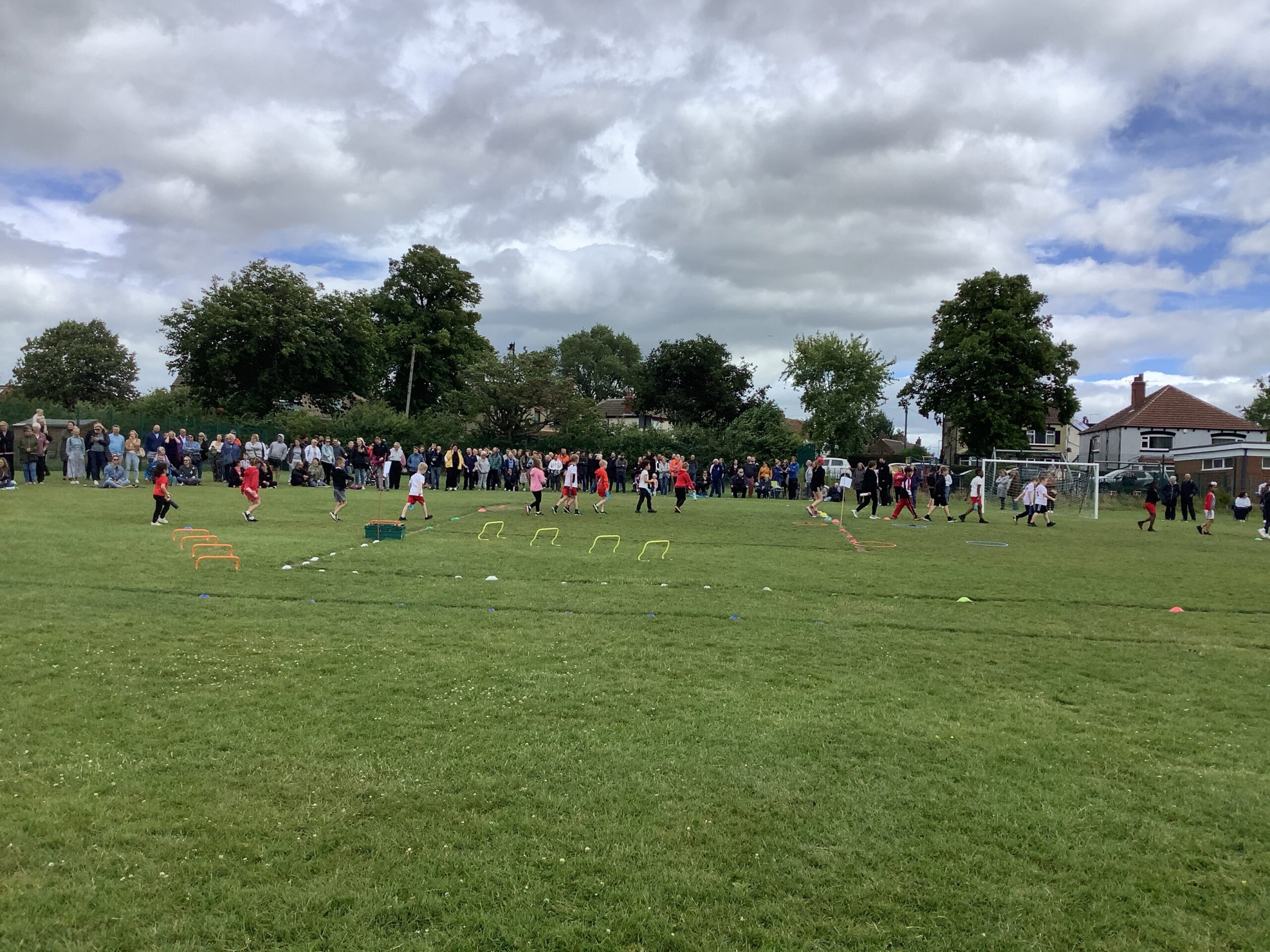
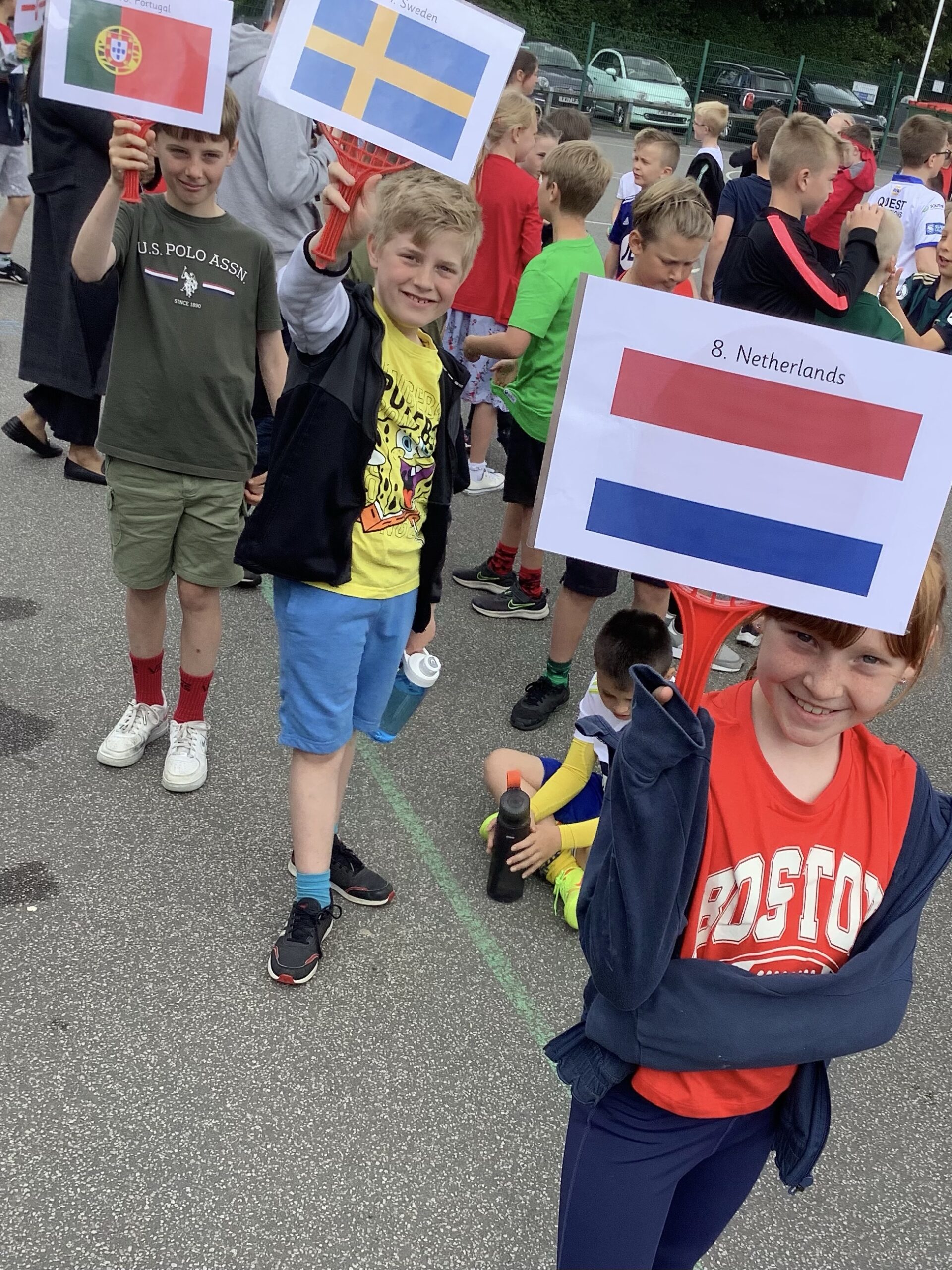
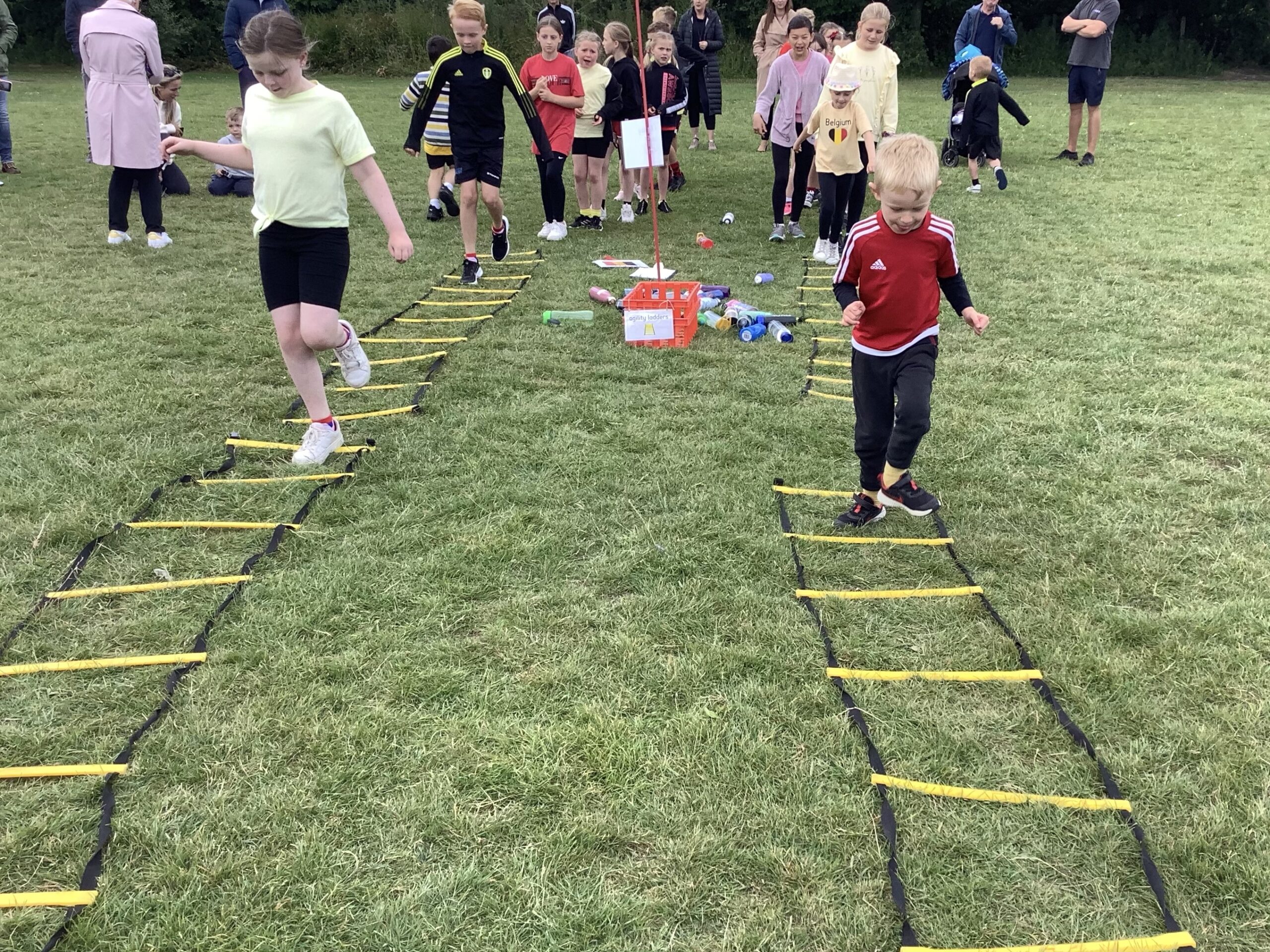
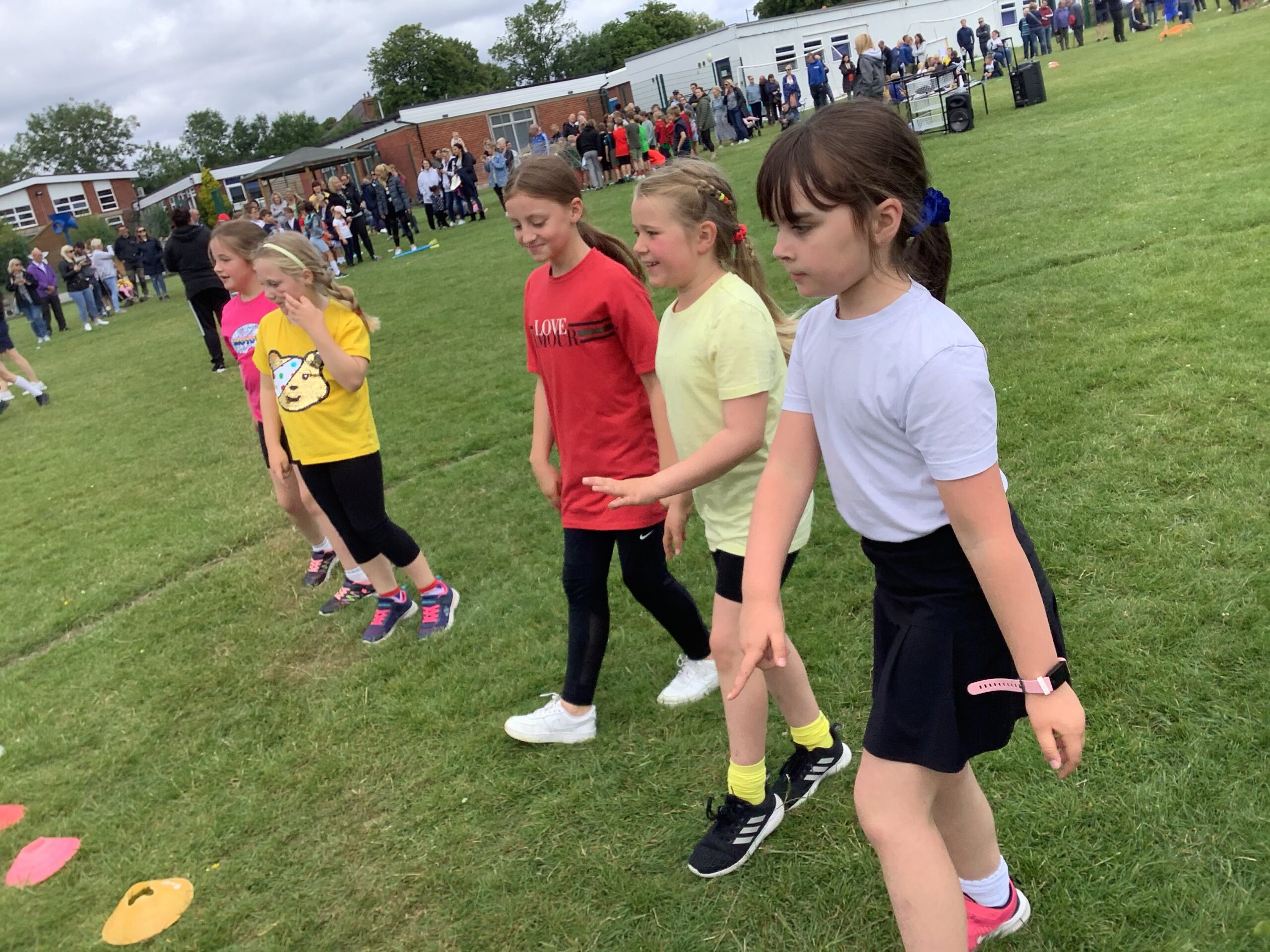
The Lighthouse Keeper’s Lunch
This week, we have been reading – The Lighthouse Keeper’s Lunch.

We created our own story maps to retell the story.
Can your child retell the story using some of these story maps?
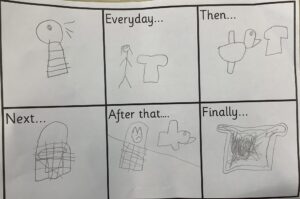
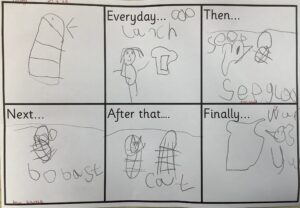
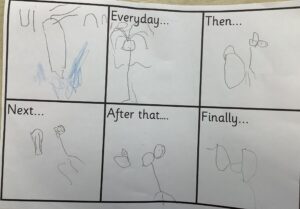
In Maths, we have focused on deepening our understanding of numbers to 10.
We have:
- compared groups of objects.
- split numbers into smaller parts.
- recombined parts to make a whole amount.
- explored numbers that can be split into 2 equal parts.
- developed our sense of magnitude eg. knowing 8 is a lot more than 2 but 4 is only a little bit more than 2.

On Tuesday, the children really enjoyed their skipping session with the Skipping School.
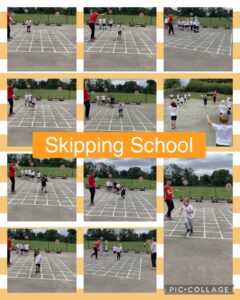
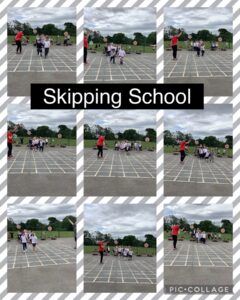
Check out our other learning in the classroom.
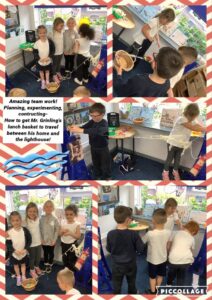
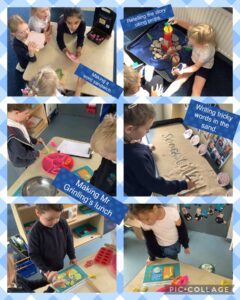



Home Link
Based on our book this week… write instructions to make a sandwich.
Think carefully about each step.
Then follow your own instructions to make the yummy sandwich.
Planes, boats and pirates!
Children are loving the new pirate themed enhancements in Nursery this week. We’ve been talking about boats, investigating floating and sinking and drawing pirate maps to hunt for hidden treasure.
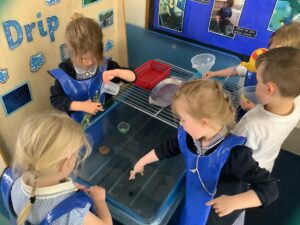
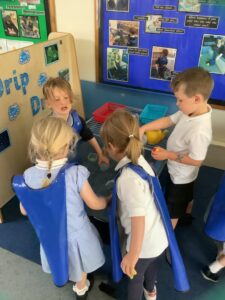
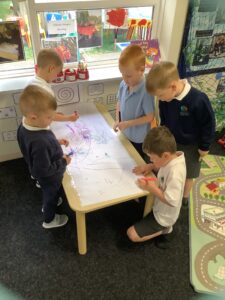

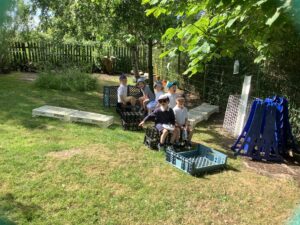
In the dough area, we’ve been practising some of our dough disco moves; we pushed our thumbs into the dough to make ‘thumb pot’ boats.
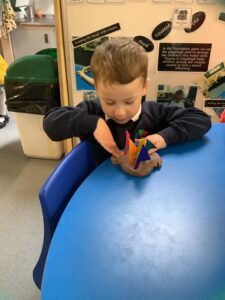
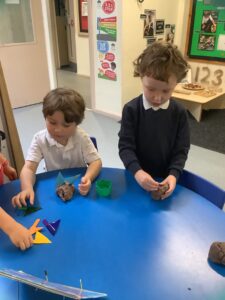

In the Sunshine room, we’ve been making dens and toasting marshmallows in our new camping role play area.
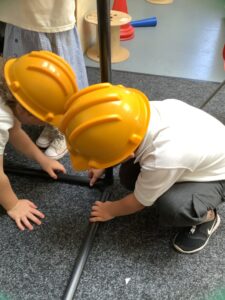
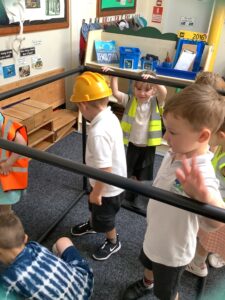


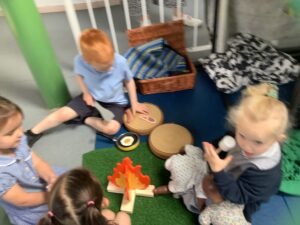
Outside, we spotted some ladybird lavae on our willow tree; we even saw one that was beginning to pupate. We’re going to keep checking it regularly to watch what happens next.
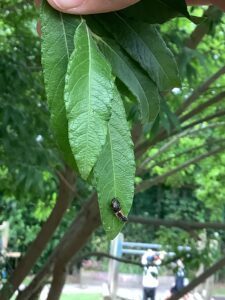

Muscles and Bones
Muscles and Bones in our body
Part of our science topic is all about our keeping healthy with food, exercise and lifestyle choices.
We talked about what it would be like without bones. What would our limbs feel like?
• Could we move and, if so, how?
• Could we stand?
• Would our muscles still function?
• How do animals that don’t have bones function
(e.g. octopus, snail, spider)
We depend on bones to give our bodies support and enable us to stand and walk.
- Bones aren’t essential for life but without them it
limits the size an animal can be. Our muscles are
attached to our bones and work with them to
provide support.
Today we were learning about the muscles and bones in our body. We watched this Video about the muscular skeletal system. To help us understand this better, we practised some exercises in the playground to help us think about which muscles and bones we use in certain movement, like throwing, jumping, skipping and balancing. Our pictures show us doing these exercises.


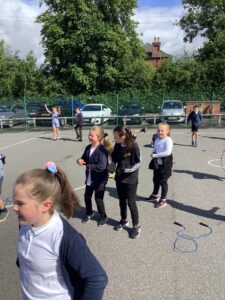

Ask your child:
How many bones are in our body?
How many muscles are in our body?
Which muscles do we use when we run? dance? throw?
